From global responsibility to strategic tunnel vision
Its flexibility makes the navy the ideal instrument of German foreign policy. A plea in favour of deploying the ships where they are needed - worldwide. To all appearances, the navy currently serves one main purpose and will continue to do so for the foreseeable future: to deter Russia on the northern flank of the alliance. As an initial reaction to Putin's invasion of Ukraine, this impulse is understandable, but harbours great risks - risks for German foreign policy and for the navy itself. Unlike during the Cold War, the Federal Republic is no longer the smaller West Germany. The traditional allied naval powers have also long...
Read More

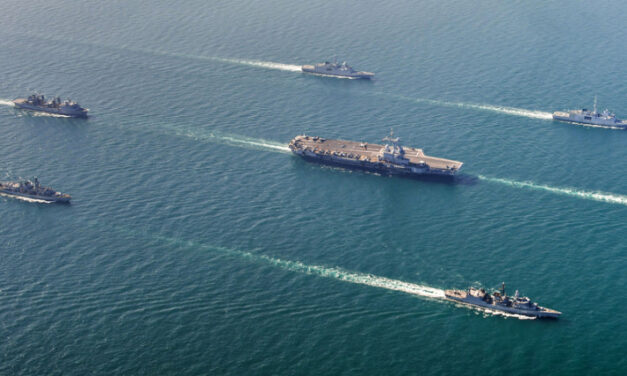
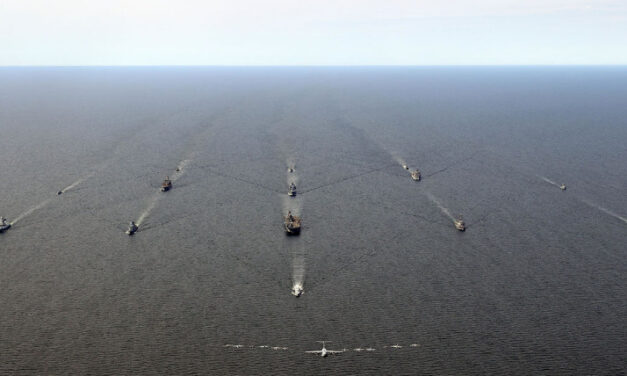
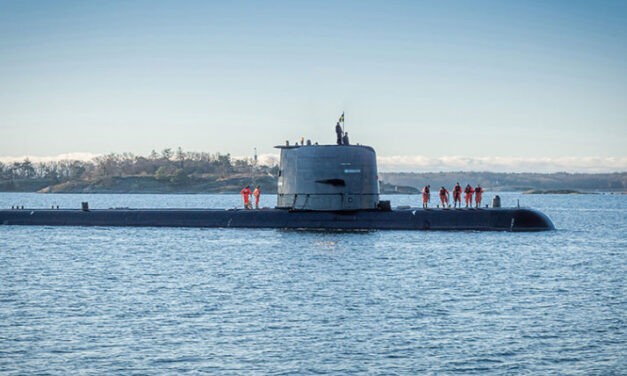
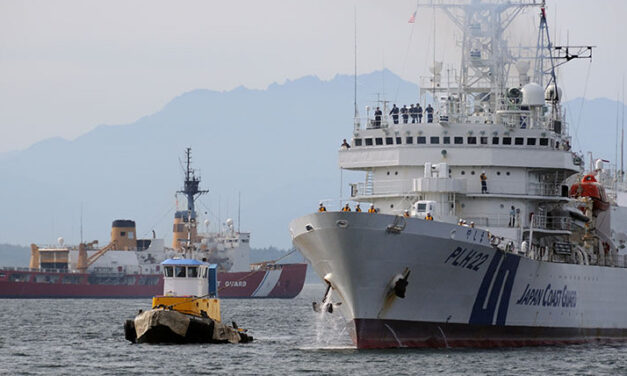
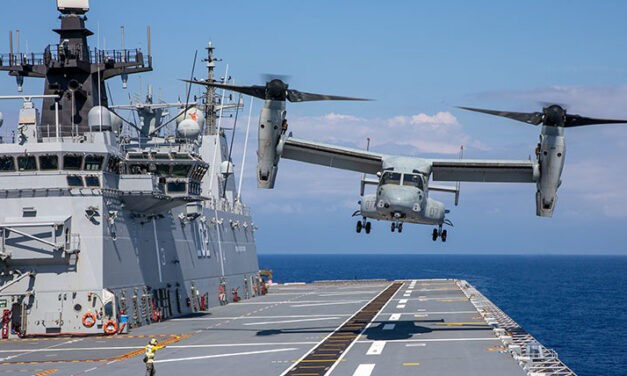
Recent Comments